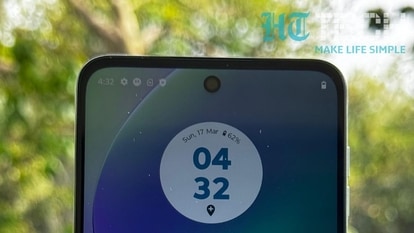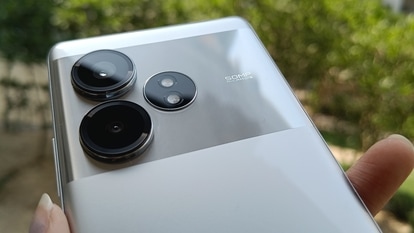Solar storm threat spikes for astronauts as Sun turns volatile; CME could be fatal
Solar storm threat is increasing by the day as the Sun approaches its peak. Looking back, the effects of a Coronal Mass Ejection that erupted in 2021 were not only observed on Earth but also on the Moon and Mars, and it could have a devastating effect on astronauts, according to a new study.
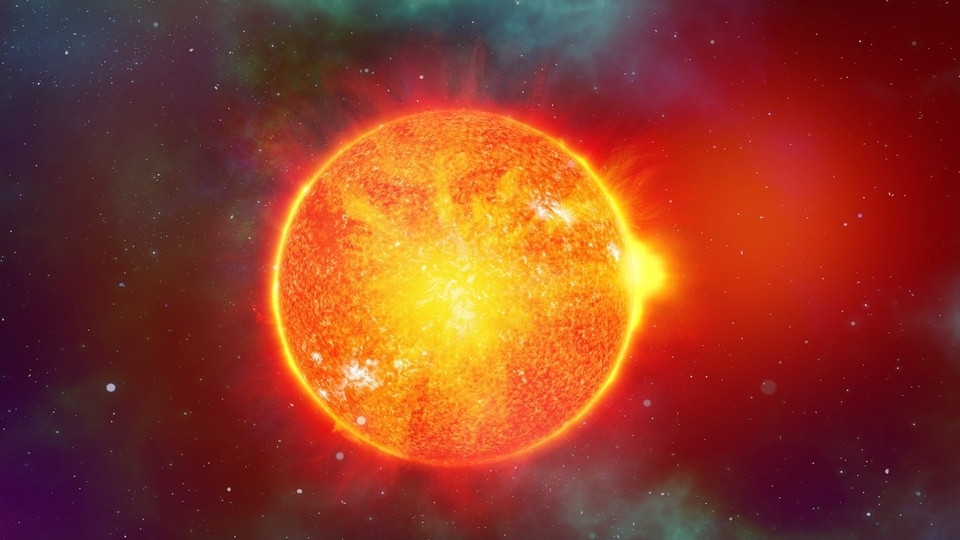


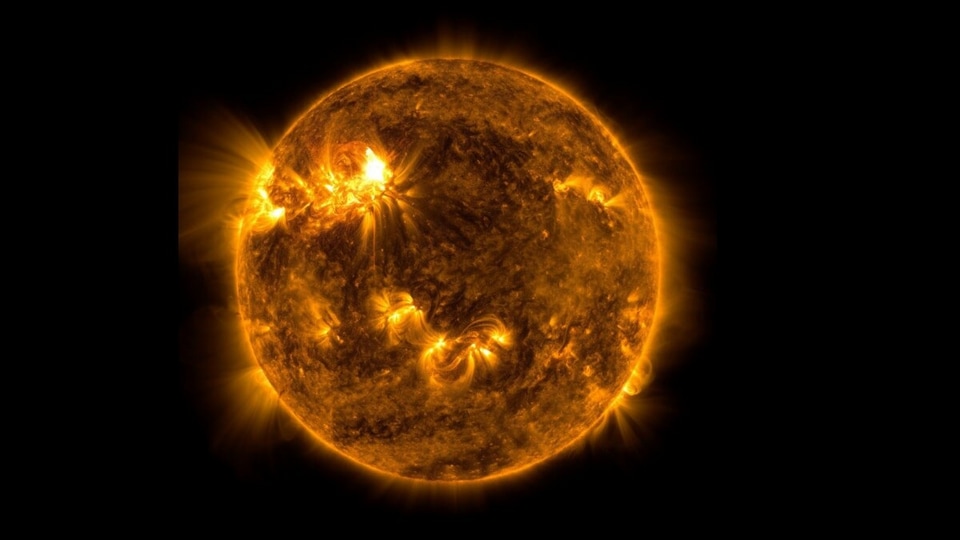
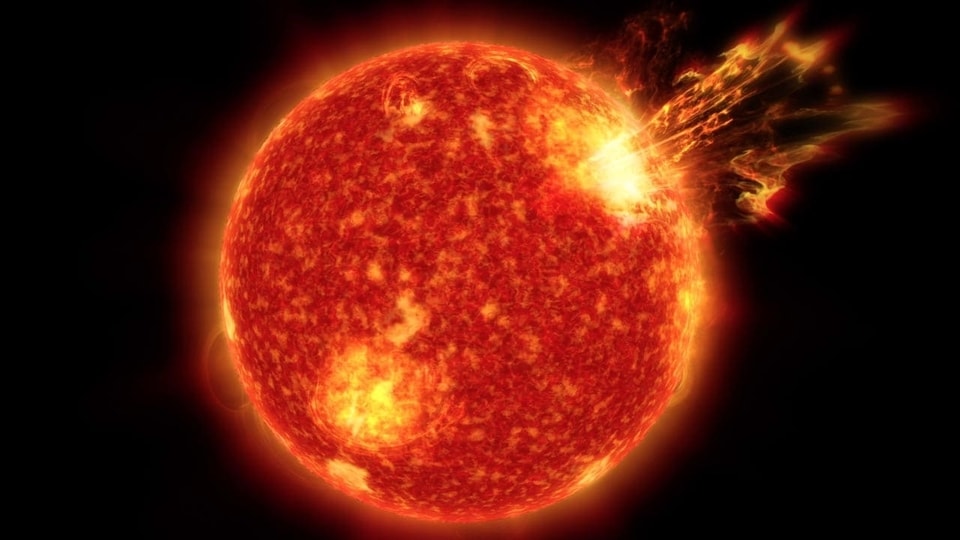
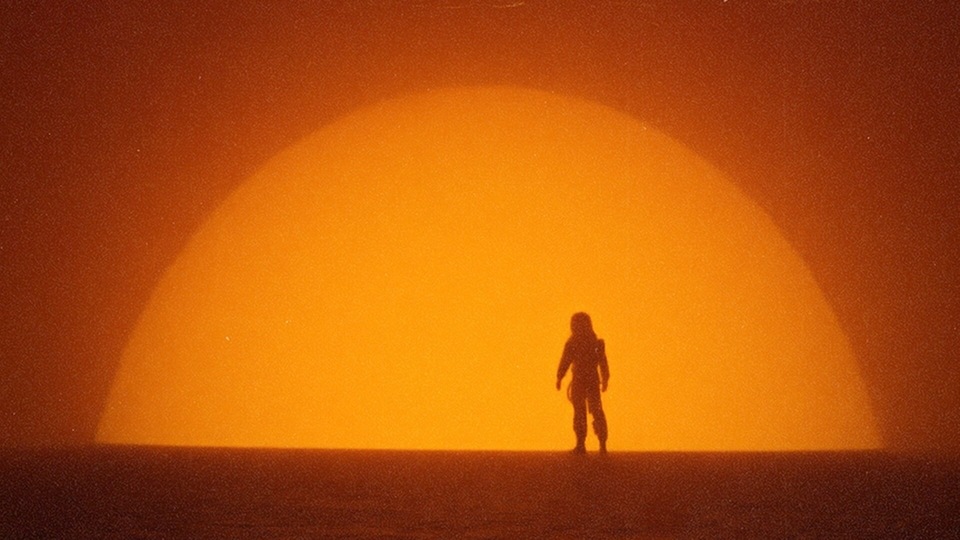
 View all Images
View all ImagesOver the last few months, the effects of the Sun have been felt in the form of CME, solar storms, geomagnetic storms, and solar flares. In turn, these phenomena have sparked further events such as auroras, power blackouts, and disruption of radio communications. But why is the Sun becoming increasingly volatile? This is perhaps due to the approaching Solar Max and the Sun nearing the peak in its solar cycle. As a result, 2023 has also broken a 21-year record for the highest number of sunspots.
The effects of a Coronal Mass Ejection (CME) that erupted in 2021 from the Sun were not only observed on Earth but also on the Moon and Mars, and a similar event could have a devastating effect on the astronauts.
Earth, Moon, and Mars experience solar activity
According to a report by the European Space Agency, a strong solar eruption occurred on October 28, 2021. which released CME particles in space, resulting in a ‘ground level enhancement'. The eruption was so huge that planets like Earth and Mars, which are located about 250 million kilometers apart on either side of the Sun received a heavy dose of these energetic particles. The release of CME particles was detected by several telescopes such as ExoMars Trace Gas Orbiter (TGO), the Curiosity Mars rover, the Chang'e-4 Moon lander, and the Lunar Reconnaissance Orbiter (LRO).
Now, a research paper published in the Geographical Research Letters journal has revealed that this was the first time the effects of the Sun were observed simultaneously on Earth, Moon, and Mars. While this outburst did not result in any deadly consequences for Earth, it could spell trouble for astronauts during lunar and Mars missions.
The reason
Unlike other planets, Earth has its own magnetic field which protects us from UV radiation and other harmful particles ejected by the Sun. The solar particles often bounce off Earth's atmosphere without causing a major impact. However, that is not the case with the Moon and Mars, according to the paper.
Since these celestial bodies do not have their magnetic fields, the solar particles can easily find their way to the surface, and interact with the planet's soil to generate “secondary radiation”.
Its effects
In our efforts of space exploration, missions to the Moon and Mars could potentially be harmful to astronauts if a strong enough CME erupts during the same period. The astronauts would get a high dosage of radiation, which could lead to radiation sickness which destroys the bone marrow and could cause internal and external bleeding.
As per the report, a dosage of about 700 milligray can induce radiation sickness. If astronauts receive more than 10 gray radiation, it could be fatal and reduce their lifespan to just two weeks.
Jingnan Guo, a scientist involved in the research said, “Our calculations of the past ground level enhancement events show that on average one event every 5.5 years may have exceeded the safe dose level on the Moon if no radiation protection had been provided. Understanding these events is crucial for future crewed missions to the surface of the Moon”.
Catch all the Latest Tech News, Mobile News, Laptop News, Gaming news, Wearables News , How To News, also keep up with us on Whatsapp channel,Twitter, Facebook, Google News, and Instagram. For our latest videos, subscribe to our YouTube channel.



















